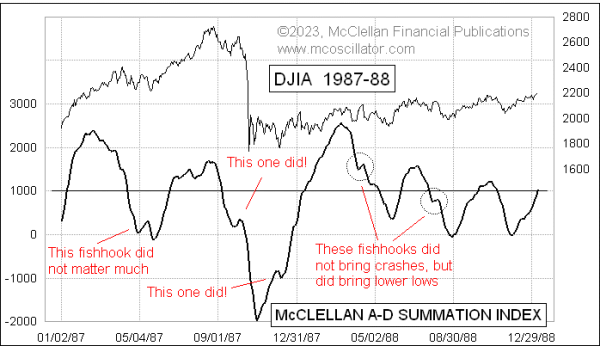The 1987 stock market crash was one of the most dramatic events in financial markets in the history of the United States. On October 19th of that year, the U.S. stock market tumbled more than 22% in a single day, wiping away millions of Americans’ hard-earned wealth – a sight that won’t soon be forgotten.
When looking at the reasons for the crash decades later, economists and market observers are still divided on the exact cause. However, there are a few key events that preceded the crash that led many to believe that the crash was the result of a combination of factors.
One major factor was a sharp rise in interest rates during the summer of 1987. The Federal Reserve had raised rates in an attempt to slow down economic growth, however this move ended up causing a cascade of other effects in the market. Also, the high rates caused investor uncertainty and lack of confidence in the markets.
Another factor was the use of excessive speculation and leverage by major institutions, also known as “portfolio insurance” and “program trading.” These activities, which had enabled Wall Street to achieve huge returns in the preceding years, were seen as ultimately contributing to the crash.
Finally, the crash has been attributed to “fishhooks” or large orders placed by stock brokers to either buy or sell an underlying asset. The problem with these enormous orders is that they cause prices to swing drastically and increase volatility, which is what occurred on October 19th.
Ultimately, it is believed that a cascade of these factors led to the 1987 crash. While the exact cause may be unknown, it’s clear that the crash left a lasting impression on the American economy and shaped the way modern markets operate today. As investors and observers look back on the crash and its consequences, they will continue to look for new ways to avoid similar scenarios in the future.































